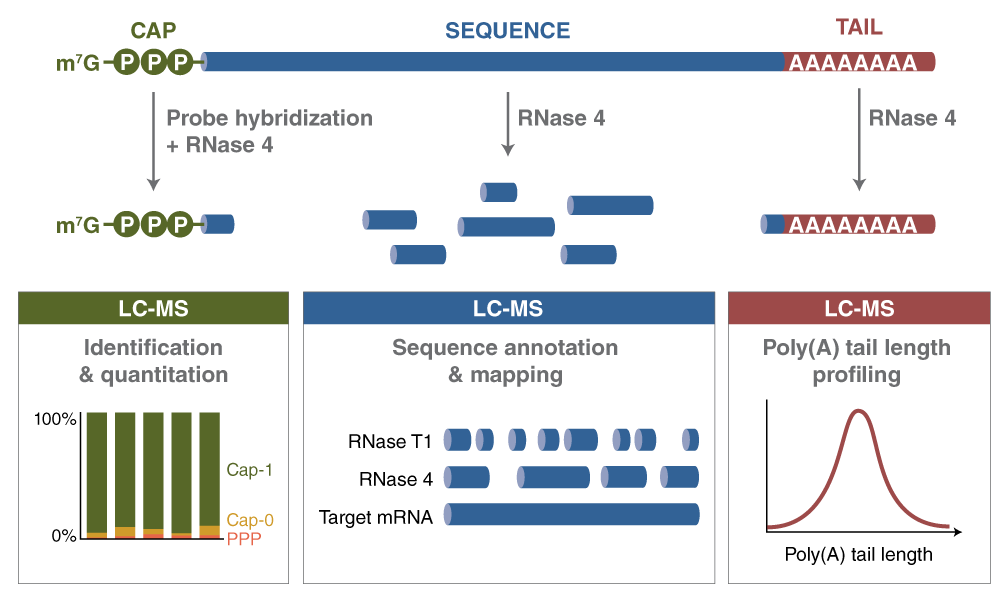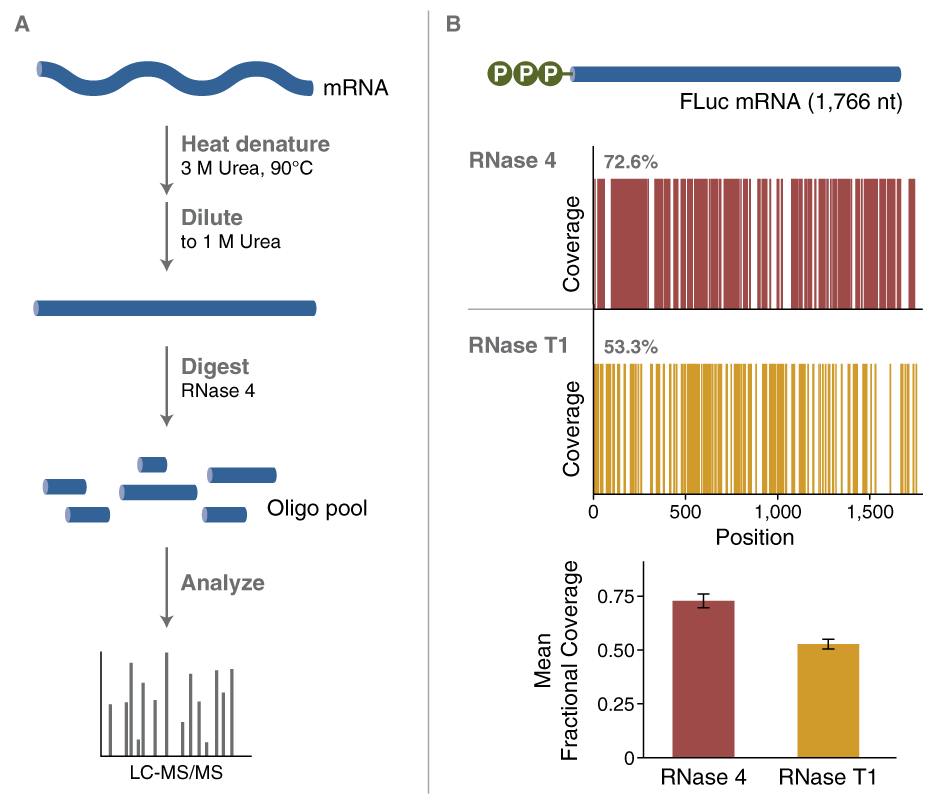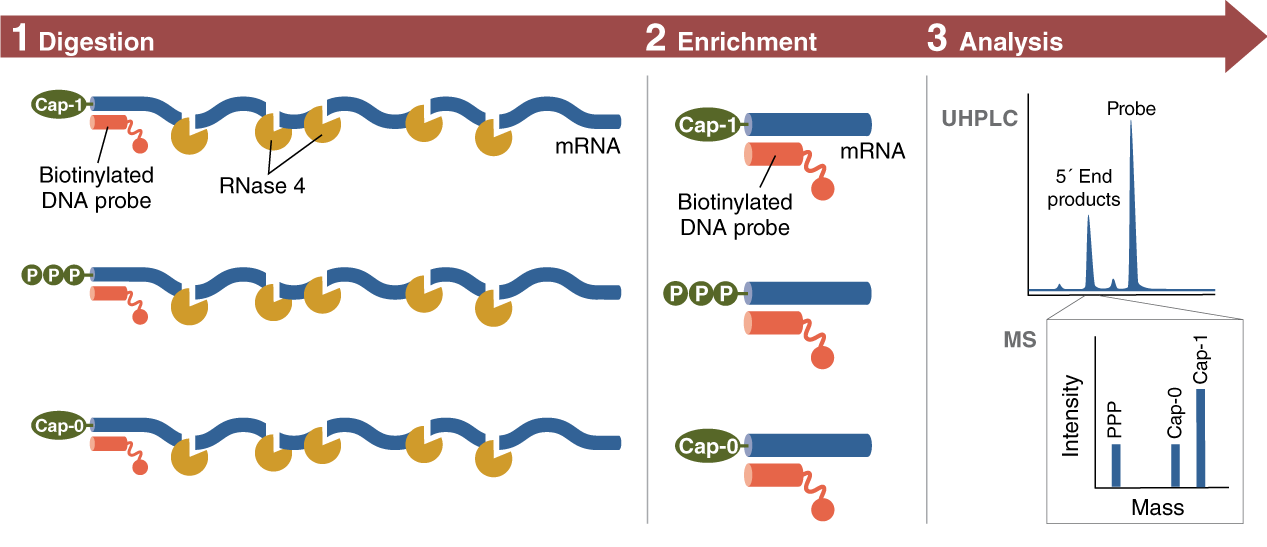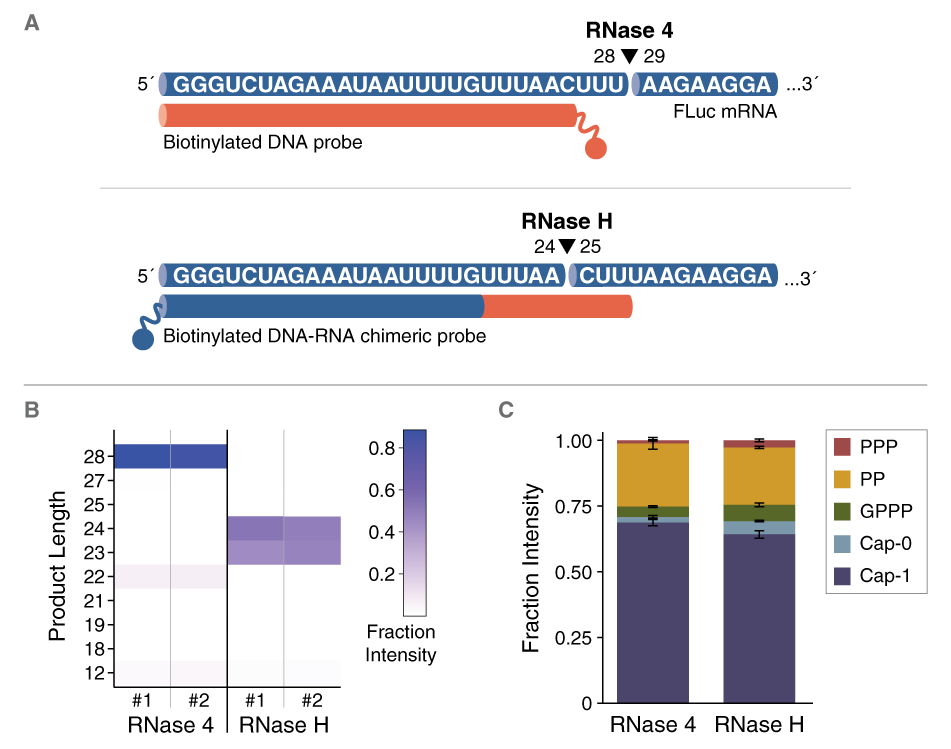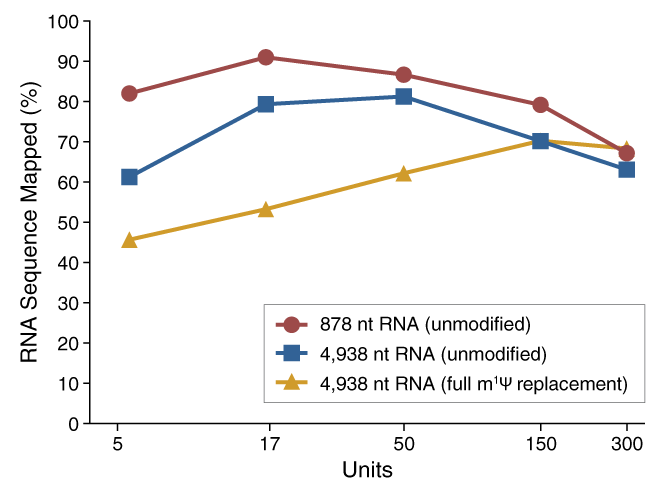上海金畔生物科技有限公司代理New England Biolabs(NEB)酶试剂全线产品,欢迎访问官网了解更多产品信息和订购。
产品信息
The 50 kDa protein inhibits RNases by binding noncovalently in a 1:1 ratio with an association constant greater than 1014 (2).
产品来源
An E. coli strain that carries the Ribonuclease Inhibitor gene from human placenta.
- 产品类别:
- RNase Inhibitors,
- RNA Synthesis In vitro Transcription (IVT)
- 应用:
- RT-PCR & cDNA Synthesis
-
产品组分信息
本产品提供以下试剂或组分:
NEB # 名称 组分货号 储存温度 数量 浓度 -
M0307S -20 RNase Inhibitor, Human Placenta M0307SVIAL -20 1 x 0.05 ml 40,000 units/ml
-
M0307L -20 RNase Inhibitor, Human Placenta M0307LVIAL -20 1 x 0.25 ml 40,000 units/ml
-
-
特性和用法
单位定义
One unit is defined as the amount of RNase Inhibitor, Human Placenta required to inhibit the activity of 5 ng of RNase A by 50%. Activity is measured by the inhibition of hydrolysis of cytidine 2, 3′-cyclic monophosphate by RNase A.
贮存溶液
50 mM KCl
8 mM DTT
50% Glycerol
20 mM HEPES-KOH
pH 7.6 @ 25°C -
注意事项
- Since ribonucleases typically retain activity under denaturing conditions, care must be taken to avoid denaturing RNase Inhibitor molecules which have complexed with a ribonuclease. To prevent the release of active ribonuclease, temperatures greater than 50°C and high concentrations of urea or other denaturing agents should be avoided.
- The recommended concentration of RNase Inhibitor in a reaction is 1 unit/μl. During assembly of a reaction, RNase Inhibitor should be added before other components that are possible sources of RNase contamination (i.e. enzymes, plasmid from a mini prep.)
-
参考文献
- Blackburn, P. and Moore, S. (1982). Pancreatic Ribonucleases . The Enzymes. XV, Part B, Academic Press, NY.
- Blackburn, P., Wilson, G. and Moore, S. (1977). J. Biol. Chem. 252,5904.
操作说明、说明书 & 用法
-
操作说明
- Protocol for Avoiding Rnase Contamination using Rnase Inhibitor, Human Placenta (M0307)


